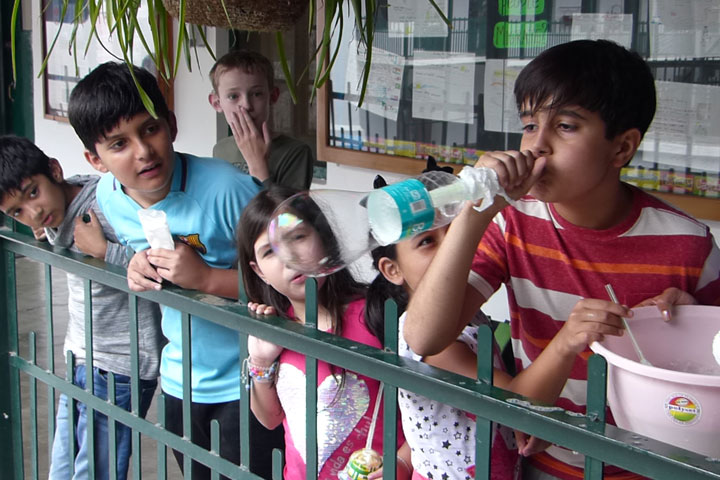
26 Aug Education should cherish creativity, not crush it
To cultivate children’s creativity, we must free them from fear, encourage them to experiment and let them dare to dream.
“How many uses can you think of for a shoe?” That’s one of the questions Dr George Land and Dr Beth Jarman came up with when they devised a test to identify creativity. Most adults can come up with 10-12 possibilities before they run out of ideas. Someone with very high levels might come up with more than 100!
Identifying creativity was George Land’s lifelong passion. Working from his research institute he invented one of the first computer-interactive approaches to group innovation, decision-making and strategic thinking. In the1960s, Dr Land was contacted by NASA to design a test that would enable them to measure the creative potential of rocket scientists and engineers. The test he came up with proved to be very successful. It was, essentially, a way to measure someone’s ability to come up with multiple solutions to a problem – what we might call ‘divergent thinking’.
In 1968, Dr Land worked with Dr Jarman to try something interesting – they decided to test the creative potential of children. They tested the same group of 1,600 children at age 10 and again at age 15. They also tested over 250,000 adults. The results were astonishing:
- At five years of age, 98% of the children demonstrated very high creative potential
- At age 10 this had dropped to 30%
- At age 15, only 12% showed very high creative potential
- When the same test was given to adults the score fell to 2%.
"In schools which cultivate children’s creativity, there is the realisation that not everything which is valuable can be planned or assessed."
In his book, Breaking Point and Beyond, Dr Land and Dr Jarman summed up their conclusions with a frightening statement, “non-creative behavior is learned.” Watching young children at play is a great example of this – they are fearless, inventive and seemingly willing to try out just about anything! But somehow this all changes as we grow older. Our innate ability to think outside the box diminishes with each passing year. As Pablo Picasso put it, “Every child is an artist. The problem is how to remain an artist once we grow up”. Surprisingly, Dr Land claims that it is schools which teach non-creative behaviour – becoming like factories, dumbing down creativity and producing individuals who follow instructions, are compliant and obedient.
Before we all despair for ourselves and for our children, Dr Land has some good news! He says that the capacity we had at age five for creativity never actually goes away. Dr Land’s research established that we all possess two types of thinking when it comes to creativity. One type he calls “convergent thinking” – this is the thinking we use to judge, to criticize and to refine ideas. The other type of thinking he calls “divergent thinking” – this is when our imagination runs free and we come up with fresh ideas for the first time. According to Dr Land, we make the mistake of using both types of thinking at the same time. The effect is disastrous – the two thinking processes fight for dominance and creativity shrinks.
Based on his research, Dr Land says we must free children from fear and anxiety (which are very counter-productive when it comes to creativity), we must encourage them to try and to fail, to experiment, to imagine and to dream. He also says that creativity flourishes in environments which are less judgmental and more curious. In schools which cultivate children’s creativity, there is the realisation that not everything which is valuable can be planned or assessed. There is the freedom to play and experiment without the obligation for immediate success. In such places, children learn how to learn, rather than what to learn; they learn that it is sometimes better to be wise than it is to be clever; above all, they learn that often the very best thing to do is to colour outside the lines.
Dr Jonathan Long, Principal, Woodstock School






No Comments